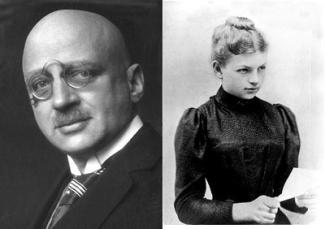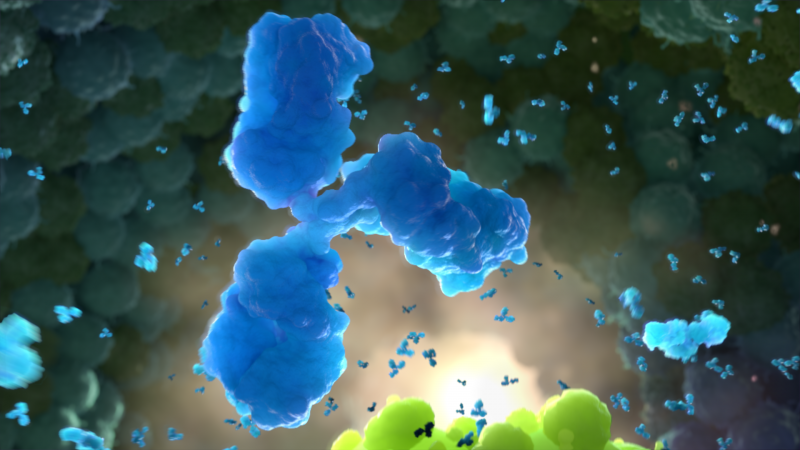Science & Society #3 – Science: Helpful or Harmful?

Would you like a job that helps people?
Most students would probably say yes to this question. And many will eventually have jobs that do help people in some way. They may work in medicine, or fix power lines, or teach children. Many jobs exist solely to help others. Those who choose to be scientists may not seem to have helping others as a goal. But scientists’ contribute to the world by increasing our understanding of nature. Sometimes, their accomplishments help more directly, such as when they discover a cure or invent a treatment for a disease. Some of these discoveries help many, many people. For example, a vaccine can save hundreds of thousands – even millions – of lives. Before there was a rotavirus vaccine, about 2,000 babies around the world died every day from this infection. Now that a vaccine is available, that number has dropped to about 500 to 600 deaths per day. With higher vaccination rates, even more lives could be saved each day.
Another example of how the work of scientists can help others can be found in the story of Fritz Haber. Haber was a German chemist in the early 1900s. He was able to figure out how to “fix nitrogen.” Fixing nitrogen involves extracting nitrogen from the air and converting it into a form (ammonia) that can be put in the soil to grow plants. This discovery was important because without a way to grow more food per acre, people would have starved as the world’s population increased. Haber’s work has allowed billions of people to survive on this planet. For his remarkable discovery, Haber won the Nobel Prize in 1918.
But Haber’s story doesn’t end there. In fact, it becomes much more complicated because it shows how scientific advances can sometimes cause unanticipated harm.
Today, the large quantities of nitrogen produced using Haber’s technique have found their way into streams, rivers, and lakes. The excess nitrogen that ends up in bodies of water leads to the overgrowth of algae, which has upset coastal ecosystems and caused the deaths of fish and birds. Also, excess nitrogen in the water that evaporates and comes back to the earth in the form of rain has caused what scientists refer to as acid rain.
In addition to the impact of excess nitrogen on the environment, Haber’s discoveries have caused an even more immediate negative consequence. As World War I (WWI) raged on, Haber realized that with one additional step the ammonia created during nitrogen fixation could be converted to ammonium nitrate. This form could be used in making bombs and with Haber’s process, supplies were plentiful. Haber then turned his scientific prowess to something even worse. He created a chemical weapon more powerful than using ammonium nitrate in bombs – poisonous chemicals that could kill large numbers of people at once. Haber’s efforts were successful in unleashing chlorine, phosgene, and mustard gases as chemical weapons. By the end of WWI, more than 26,000 people had been killed by chemical weapons developed by Haber.1
Haber was proud that his scientific efforts helped his country during the war. He said, “In peace-time the scientist belongs to humanity, in war-time to his fatherland.” His wife, Clara, among many others, disagreed. Clara Immerwahr Haber was herself a scientist. In fact, she was the first woman to get a PhD in chemistry at a German University.2 She responded to her husband’s wartime efforts as a “perversion of the ideals of science” that were “a sign of barbarity, corrupting the very discipline which ought to bring new insights into life.”
For Discussion
Haber’s scientific efforts helped billions of people, but his work has also led to negative effects on the environment and human deaths. So, two questions for discussion:
-
If you want to help people in your job, but your efforts may lead to negative consequences, would you still want to do that job?
-
Do you agree with Haber or his wife regarding their beliefs about the role of scientists in relation to their loyalty to country during war? Should one’s dedication to country be greater than the responsibilities to the world?
Additional resources:
1To find out more about Fritz Haber and his science, check out Chapter 3, Blood from Air, of Pandora’s Lab: Seven Stories of Science Gone Wrong, by Paul A. Offit, MD.
2To find out more about Clara Immerwahr Haber, read her biography in the Jewish Women’s Archive Encyclopedia.
About the series:
The Science & Society discussion series is based on the book, Pandora’s Lab: Seven Stories of Science Gone Wrong, by Dr. Paul Offit, Director of the Vaccine Education Center at Children’s Hospital of Philadelphia. We understand that teachers are using this book in high school classrooms, so in an effort to continue providing classroom resources, we developed this series to provide short reading passages that will leave students with questions to further explore in classroom discussions or specific projects. By presenting scientific ideas representing two sides of an issue, students will have the opportunity to consider how science fits into society from political, ethical, and legal points of view.

